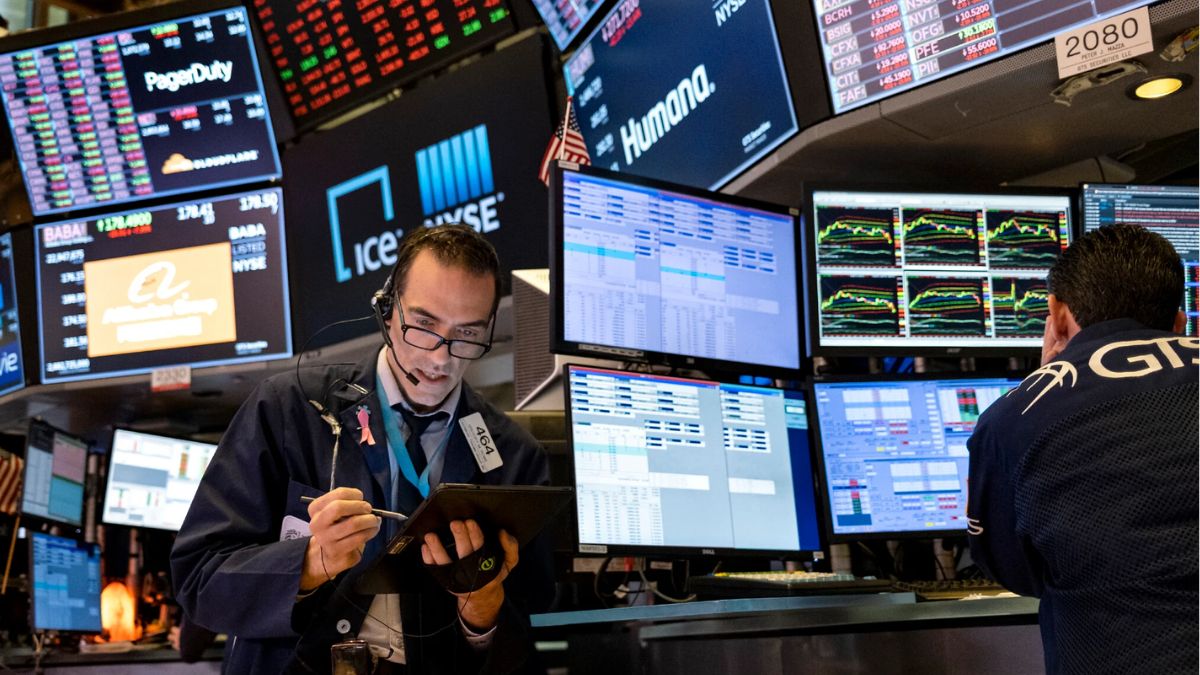In the chaotic arena of global trade, where economic moves carry the weight of geopolitical punches, President Donald Trump’s love affair with tariffs has turned heads and rattled markets. Since reclaiming the White House in January 2025, Trump’s tariff threats—wild swings from sky-high levies to sudden rollbacks—have left businesses and allies scrambling. Dubbed the “tariff tango,” this strategy has sparked debate: are tariffs Trump’s new sanctions, a blunt tool to bend the world to his “America First” vision? With tariffs on China hitting a jaw-dropping 145% in April before a quick retreat, and threats aimed at everyone from Brazil to the EU, the line between trade policy and punishment is blurring. Let’s peel back the layers of this economic gambit, trace its roots, and question whether it’s a masterstroke or a recipe for chaos, all while keeping a wary eye on the global fallout.
Tariffs vs. Sanctions: A Tale of Two Tools
At their core, tariffs are taxes slapped on imported goods to shield local industries or nudge trade balances. Sanctions, meanwhile, are penalties—trade bans, asset freezes—meant to punish or pressure rogue governments. Historically, U.S. presidents leaned on sanctions to rein in adversaries like Russia or Iran. But Trump, ever the maverick, prefers tariffs for their speed and flexibility. Unlike sanctions, which need legal scaffolding and often international buy-in, tariffs can be unleashed with a single executive order, no Congress required.
“Trump can add this pressure when he wants and then pull it back when markets freak out or it stops serving his purpose,” said Sophia Busch of the Atlantic Council, summing up the tariff’s allure.
The numbers tell a story. U.S. tariff revenue soared 110% to $97.3 billion in the first half of 2025, with projections of $360 billion in 2026. This cash flow, unlike sanctions, fills Treasury coffers while letting Trump tweak trade terms on a whim. But there’s a catch: tariffs hike consumer prices, risking inflation, while sanctions aim for precision without broad economic blowback.
The Tariff Tango’s Global Ripple
Trump’s tariff strategy is less a dance and more a high-stakes poker game. His April 2025 tariffs on China, peaking at 145% before a partial rollback after London trade talks, targeted the U.S.’s $295 billion trade deficit with Beijing. The move echoed Trump’s long-held grudge from the 1980s, when Japan’s rise seemed to kneecap American carmakers due to lax U.S. trade policies.
“What shapes the president’s views is the rapid rise of Japan in the 1980s,” said Stanford historian Jennifer Burns, pointing to Trump’s belief that generous trade terms sell out American workers.
But Trump’s tariffs aren’t just about trade balances. They’re increasingly a cudgel for non-trade issues, mimicking sanctions’ role. Take Colombia, hit_EXE_ with tariff threats after rejecting U.S. deportation flights, or the EU, facing levies partly over its privacy and climate rules. Then there’s Brazil, where Trump dangled a 50% tariff in July 2025, framed as payback for the prosecution of his ally Jair Bolsonaro. These moves blur the line between economic policy and political arm-twisting, raising hackles among trading partners.
A Risky Bet on Economic Leverage
The White House defends tariffs as a nimble tool that doesn’t slam the door on foreign markets like sanctions do. They’re meant to protect U.S. industries—think steel, autos—and create jobs. But critics warn of collateral damage. Tariffs fuel inflation, hitting American consumers hardest, and invite retaliation. Canada and Mexico, slapped with tariff threats over immigration and drug issues, have already hinted at counter-tariffs. The EU’s gearing up for a trade spat, too, with its $1.8 trillion economy in the crosshairs.
“Tariffs are linked to episodes of de-globalization, and in the 20th century, they were tied to armed conflict,” Burns warned, noting how trade wars can escalate beyond economics.
The uncertainty is crippling. Businesses, unsure of Trump’s next move, are holding off investments, risking a “serious economic slowdown,” per Burns. The Urban-Brookings Tax Policy Center estimates that Trump’s tariffs could shave 1.3% off U.S. GDP by 2027 if retaliatory measures spiral.
Sanctions Still in the Mix
Don’t count sanctions out. Since Russia’s 2022 invasion of Ukraine, the U.S. has slapped over 2,500 sanctions on Moscow, targeting everything from oligarchs to oil exports. Trump’s warming to them, too, backing the proposed Sanctioning Russia Act of 2025, which would hit Russian energy and financial sectors hard. His twist? “Secondary tariffs” of up to 500% on countries buying Russian or Venezuelan oil, a tactic that apes sanctions’ playbook by pressuring third parties.
Yet Trump’s secondary tariffs—like the 25% levy on Venezuelan oil buyers in March 2025—show he’s not abandoning sanctions’ logic. He’s just repackaging it, using tariffs to dodge the bureaucratic slog of sanctions while still flexing U.S. muscle.
The Historical Echoes
Trump’s tariff obsession isn’t new. The Smoot-Hawley Tariff Act of 1930, which jacked up duties on thousands of goods, deepened the Great Depression and fueled global trade wars. Today’s stakes are different but no less dire. With China’s military and economic clout growing, and allies like the EU and Canada bristling at Trump’s tactics, the risk of a fractured global economy looms large. NATO’s warning of a potential Russian attack on Europe within a decade adds a darker edge—could tariffs, by straining alliances, weaken the West’s hand?
The Skeptic’s Take
So, what’s Trump playing at? On one hand, tariffs give him unmatched control, a way to project strength and rake in cash while dodging Congress and allies. They’re a perfect fit for his deal-making, “America First” ethos. But the flip side is grim: inflation, retaliation, and a global trade system teetering on the edge. His tariff tango might win short-term concessions, but it’s alienating partners and spooking markets.
Are tariffs the new sanctions? Sort of. They’re sanctions with a capitalist twist—less about international norms, more about economic leverage. But as Trump swings from one tariff threat to the next, the world’s left guessing, and the line between trade war and something uglier gets blurrier. One thing’s clear: in Trump’s game, everyone’s paying a price.


